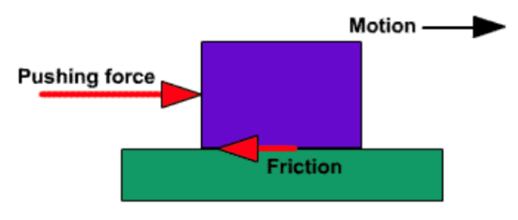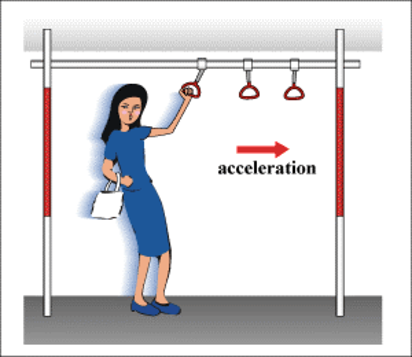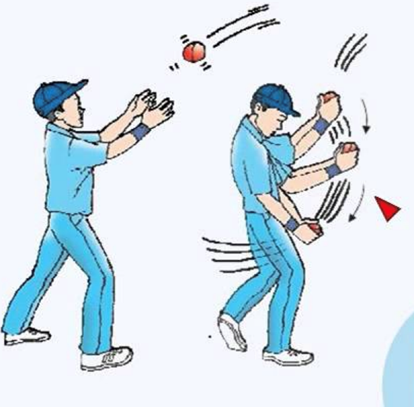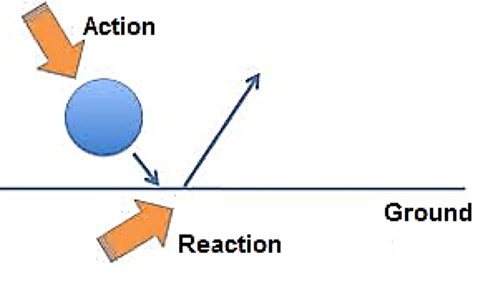Force of Friction
It is a force extended when two surfaces are in contact with each other. It always acts in a direction opposite to the direction of motion of the object.

First law of motion: An object remains in a state of rest or of uniform motion in a straight line unless acted upon by an external unbalanced force.
Inertia: The natural tendency of an object to resist a change in their state of rest or of uniform motion is called inertia.
1. The mass of an object is a measure of its inertia.
2. Its S.I. unit is kg.
3. A body with greater mass has greater inertia.
Example of Inertia
• We fall back when a vehicle starts moving in the forward direction because our body is in the rest state and it opposes the motion of the vehicle.

The second law of motion: The rate of change of momentum of an object is proportional to the applied unbalanced force in the direction of the force.
Momentum: The momentum of an object is the product of its mass and velocity and has the same direction as that of the velocity.
1.Its S.I. unit is kg m/s.
2.It is a vector quantity.
1 Newton: A force of one Newton produces an acceleration of 1 m/s2 on an object of mass 1 kg.
IN. = 1 kg m/s2 (F = ma)
For Example –
A cricketer when catches a ball pulls his hands in the backward direction to give some time to decrease the velocity of the ball. As the acceleration of the ball decreases the force exerted on catching the moving ball also decreases. If the cricketer would try to stop a moving ball suddenly, he would have to apply a larger force.

Third law of motion: To every action, there is an equal and opposite reaction and they act on two different bodies.
For Example, a ball when it hits the ground (action) bounces back with a certain force reaction.


 Science Made Easy
Science Made Easy
